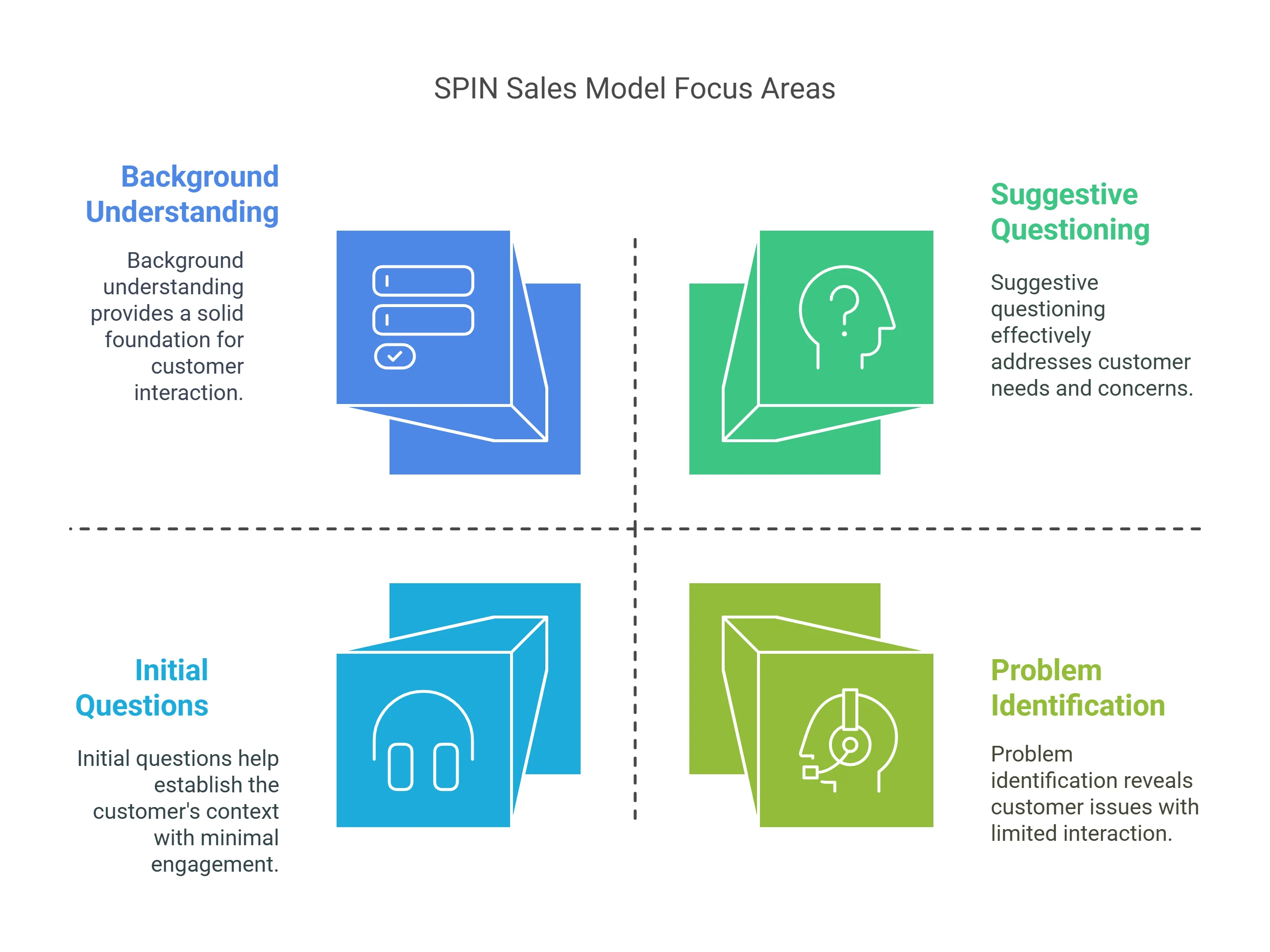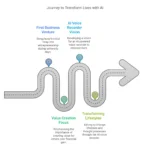
Exploring the SPIN Sales Model: A Meaningful Approach in AI Pro
Today, I’d like to discuss a more meaningful sales module in AI Po. This is based on the SPIN sales analysis, a widely used method, particularly for selling to large accounts. The effectiveness of this approach lies in its structured, process-driven nature. So, what does this process focus on?
First, during customer communication, there are several key steps, starting with opening lines. After the initial remarks, I engage in a conversational format with the client. I ask them about their position in the market, their size, and who they’re targeting. These are standard questions aimed at understanding the customer’s background.
The SPIN model actually offers some distinct advantages. The background questions I mentioned earlier are designed to uncover the customer’s problems, such as their implied issues and unmet needs.
Moving on, the SPIN sales method is divided into four parts and includes some key elements. In this way, the sales team conducts an analysis covering the four sales components and their key elements. These four parts primarily involve the salesperson’s conversation with the customer. From this interaction, it’s analyzed that the number of questions should be increased, particularly questions about background, to understand the customer’s current situation. Additionally, questions should be asked about the customer’s problems to identify their difficulties and dissatisfactions. If the customer is dissatisfied with their previous plan, it can affect the effectiveness of the existing plan. Therefore, through the design of these questions, we can more clearly define the customer’s needs.
The second aspect is the difficult question, which serves as an influencing factor. For example, a bank might ask the customer: “What do you think is the problem?” The final question focuses on the demand and benefits, asking if the proposed solution can address these problems. That’s why this selling method is actually quite effective. It’s because it involves both background questions and questions about the customer’s difficulties. First, I understand the customer’s background and get a general sense of their situation. By asking questions, I delve deeper into the customer’s current challenges related to our product. They may face difficulties in these areas, and other companies’ products may also fail to meet their needs. However, at this point, we don’t force the customer to accept the product. Instead, we guide them through questions, for example, using suggestive questions like: “Do you think our solution is well-suited for this situation?” It’s not about forcing the sale but about steering the conversation back to the demand and benefits. The ultimate goal is to determine whether the proposed solution truly meets the customer’s requirements. Therefore, I believe this method can be used as a sales template.
By focusing on understanding the customer’s background, identifying their problems, and guiding them through questions, the SPIN sales model becomes a powerful tool in AI Po. This approach not only enhances customer satisfaction but also increases the effectiveness of the sales process.



